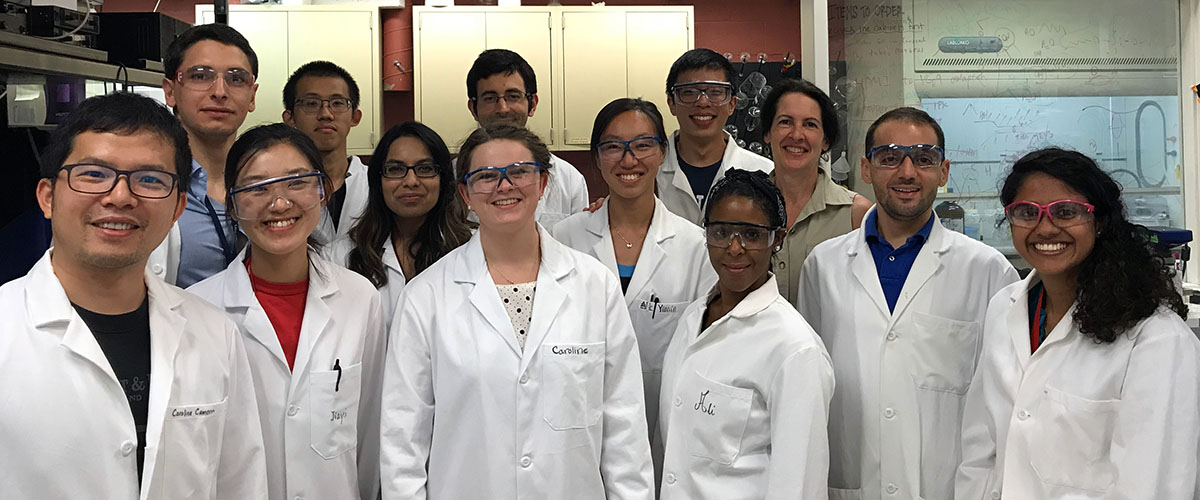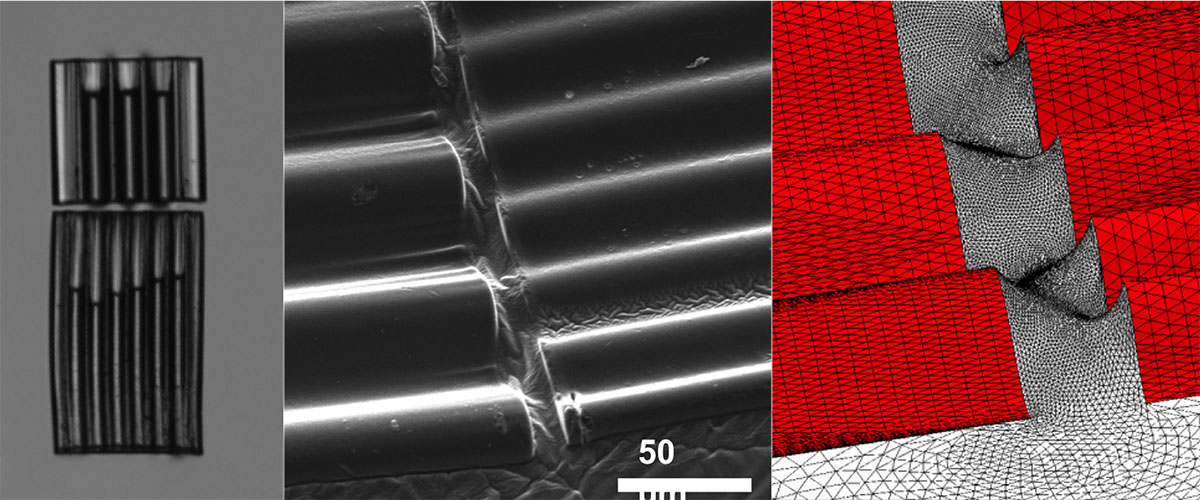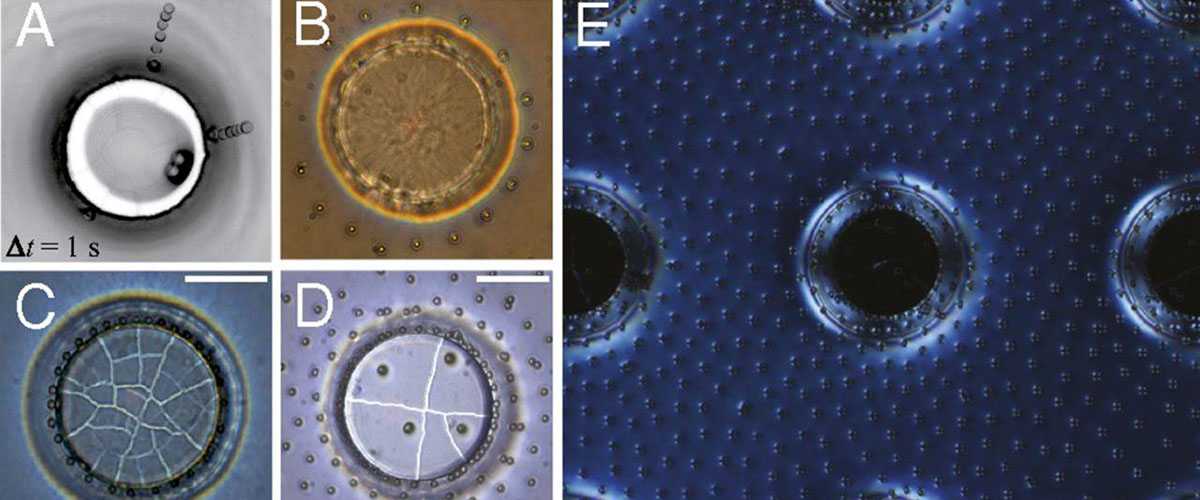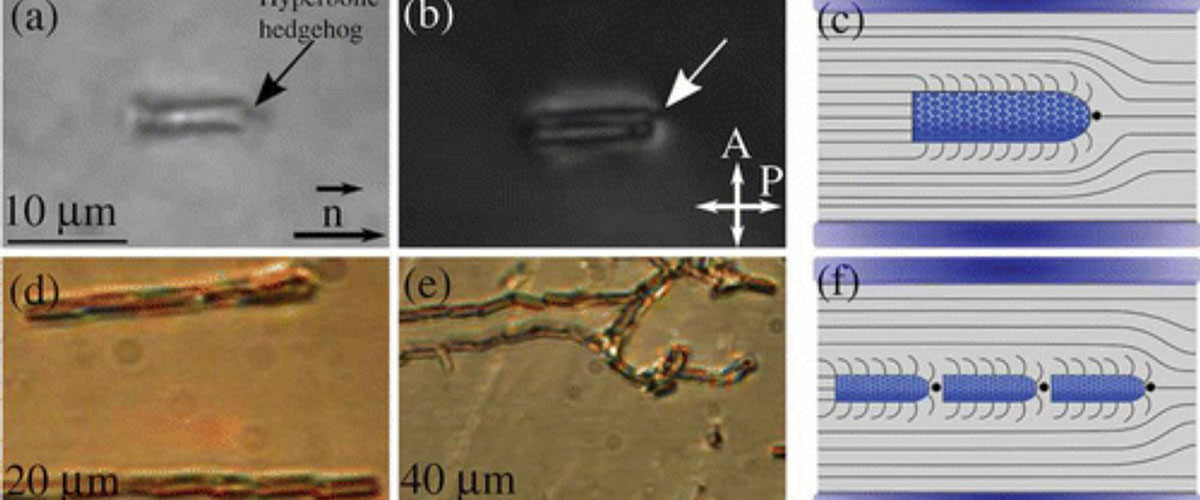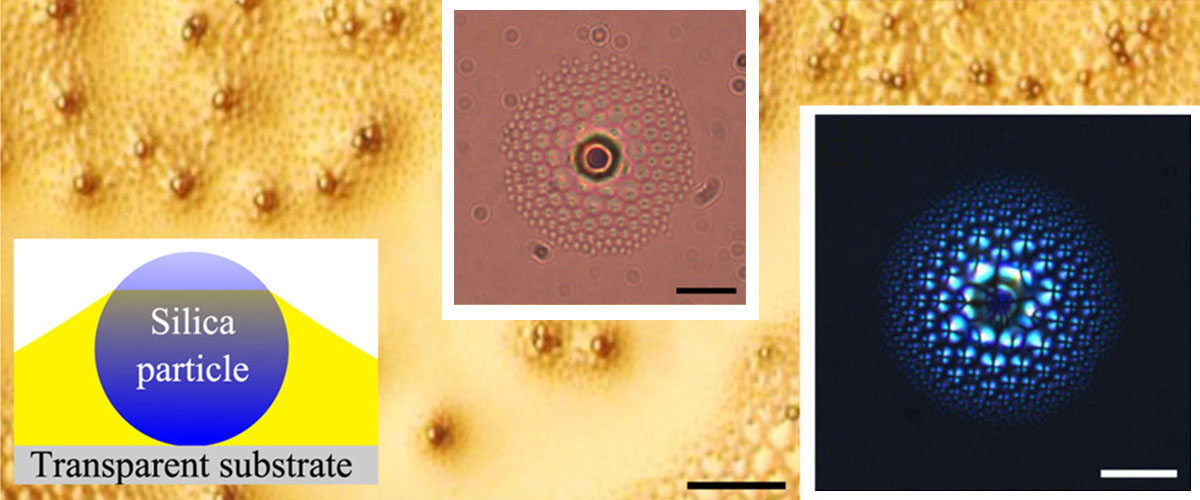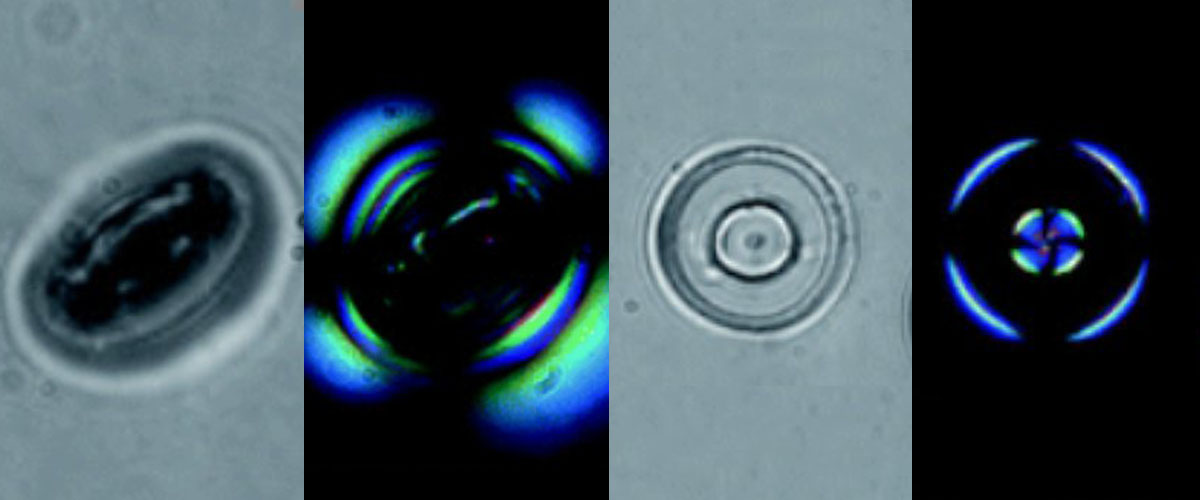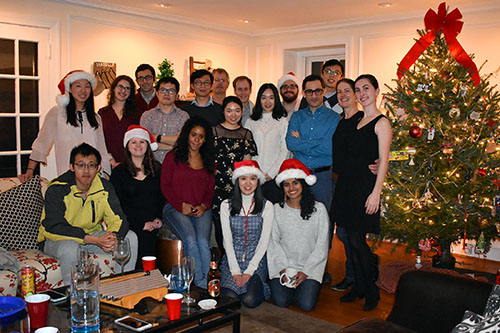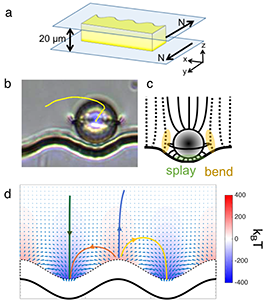ABOUT
Professor Stebe is interested in complex fluid interfaces far from equilibrium from a fundamental and engineering viewpoint. In one aspect of her work, she studies the fluid mechanics of surfactant-laden interfaces, dynamic surface tension, wetting phenomena, Marangoni effects and surfactant-driven anomalous drop break up modes. She is also deeply interested in complex structures which form on fluid interfaces, including protein monolayers and bacterial biofilms. Recently, she has become interested in particle-laden fluid interfaces and how interactions that arise at interfaces can be used to steer particles into well-defined structures. Finally, a major effort in her research group focuses on developing strategies for soft reconfigurable systems by molding director fields and topological defects in confined liquid crystals. Throughout, the Stebe group uses fundamental arguments to develop strategies to direct system behaviors ranging from tip-streaming of droplets from surfactant laden drops to steering particles to well defined locations using capillary energies or liquid crystalline director fields.
View details »
RESEARCH
In the Stebe lab, we study directed assembly by energies stored in soft matter to make new, reconfigurable materials. One important vehicle for these studies is the manipulation of objects that assemble at fluid interfaces. Interfaces bring significant degrees of freedom, as they are highly deformable and dynamic, extending the types of manipulations that can be imposed. The interface can be an open system, allowing the addition of material from suspension or solution as the interface is deformed. Alternatively, it can be a closed system, which deforms in response to stresses under the constraint of mass conservation. Interfaces can be highly curved owing to confinement or applied fields, and can be triggered into new shapes e.g. by applied fields. Fluid interfaces can be dynamically reconfigured, for example, by drop break-up or by film instabilities. They can change their topology e.g. by poration; they can spontaneously form highly branched, interconnected networks of fluid filaments, e.g. like those created by spinodal decomposition. To understand assembly at interfaces, we delve into capillary and wetting phenomena, dynamic surface tension; interfacial flows including Marangoni effects, and the mechanics of encapsulating films. Another important theme is directed assembly by elastic energies in liquid crystals. In these studies, we use confining volumes with well defined anchoring conditions to store elastic energy in liquid crystals. This stored energy field is used to direct particles within the liquid crystals or at their interfaces to assemble. Finally, we are exploring where these themes appear and can be exploited in biological and biotechnological systems.
View details »
